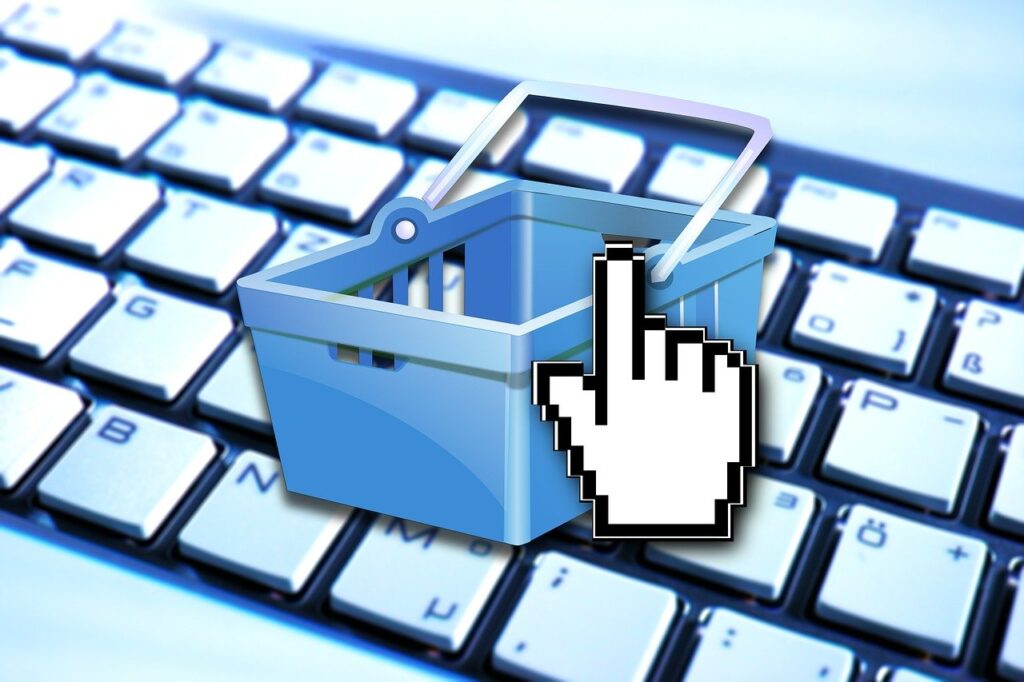
Flipping items on eBay has long been a favorite side hustle for entrepreneurs and bargain hunters alike. With over 1.5 billion listings and millions of active buyers, eBay remains a thriving marketplace to turn undervalued goods into big profits. Whether you’re looking for a full-time income or a lucrative side hustle, this guide will show you how to get started flipping items on eBay and maximize your earnings in 2025.
What is eBay Flipping?
eBay flipping involves buying items at a lower price and reselling them on eBay for a profit. The goal is to find undervalued or in-demand products, list them attractively, and sell them for more than you paid. Success in eBay flipping requires a keen eye for deals, solid research skills, and a little creativity and of course, following our complete guide to flipping on Ebay.
Why Flip Items on eBay?

1. Low Startup Costs
You don’t need a big investment to start flipping. Many people begin with items they already own or source low-cost goods from thrift stores, garage sales, or clearance racks.
2. Flexibility
You can run an eBay flipping business from anywhere with an internet connection. Work on your schedule, whether part-time or full-time.
3. High Earning Potential
With the right strategies, flipping on eBay can yield substantial profits. Some successful sellers make six figures annually.
4. Wide Range of Products
From vintage collectibles to brand-new electronics, eBay’s diverse marketplace offers endless opportunities to find and flip profitable items.
How to Get Started Flipping on eBay

Step 1: Create an eBay Seller Account
Sign up for an eBay account if you don’t already have one. Choose a professional username that reflects credibility. For example, “TopDealsHub” or “UrbanFindsShop.”
Set up your payment details using PayPal, eBay Payments, or your preferred method. Familiarize yourself with eBay’s seller policies and fees.
Step 2: Research Profitable Niches
Not all items are created equal when it comes to profitability. Focus on niches that:
- Have consistent demand
- Offer decent profit margins
- Match your interests and expertise
Popular niches include:
- Electronics: Smartphones, gaming consoles, accessories
- Clothing and Shoes: Designer brands, vintage fashion, sneakers
- Collectibles: Trading cards, rare toys, memorabilia
- Home Goods: Small appliances, tools, and decor
Use eBay’s search bar to explore trending products. Tools like Terapeak (eBay’s market research tool) can provide insights into what’s selling and for how much.
Step 3: Source Your Inventory
Here’s where you find the items to flip. To make it even easier for you, we put together a Complete Guide to Sourcing products to sell on Ebay:
1. Thrift Stores and Garage Sales
Second-hand shops and yard sales are treasure troves for undervalued items. Look for branded clothing, vintage goods, and electronics.
2. Clearance Sales
Retail stores often discount items at the end of a season. Buy these items at rock-bottom prices and sell them for a profit.
3. Online Marketplaces
Platforms like Facebook Marketplace, Craigslist, and OfferUp can be excellent sources for bargains. Negotiate with sellers to get the best deals.
4. Liquidation Pallets
Buy bulk items from liquidation companies at a fraction of their retail value. This approach is ideal for scaling your flipping business.
Step 4: List Your Items Effectively
Your eBay listings are your storefront, so make them as appealing as possible:
1. Write Clear and Compelling Titles
Include essential details like brand, model, size, and condition. Example: “Nike Air Max 270 Men’s Size 10, Excellent Condition.”
2. Take High-Quality Photos
Use good lighting and capture multiple angles. Highlight any flaws to build trust with buyers.
3. Write Detailed Descriptions
Provide all relevant information, including:
- Product specifications
- Condition (new, used, refurbished)
- Any defects or wear
4. Set Competitive Prices
Check the sold listings for similar items to determine a fair price. Consider offering free shipping to attract more buyers.
Tips for Maximizing Profits on eBay

1. Optimize for eBay Search
eBay’s search engine relies on keywords, so include relevant terms in your titles and descriptions. Avoid keyword stuffing, as it can appear spammy.
2. Offer Excellent Customer Service
Respond promptly to buyer inquiries and resolve issues professionally. Positive feedback builds your reputation and attracts more buyers.
3. Bundle Items
Combine related items into bundles to increase their perceived value. For example, sell a video game console with games and accessories.
4. Utilize Promotions
Offer discounts for bulk purchases or run limited-time sales to drive traffic to your listings.
Common Challenges and How to Overcome Them
1. Unsold Inventory
If an item isn’t selling, consider:
- Lowering the price
- Enhancing your listing with better photos or descriptions
- Relisting in a different category
2. Shipping Costs
Shipping fees can eat into your profits. Use eBay’s shipping calculator to find the most cost-effective options. Offer free shipping but build the cost into your item price.
3. Fraudulent Buyers
Protect yourself by:
- Requiring immediate payment
- Shipping items with tracking and insurance
- Documenting item conditions with photos before shipping
4. Returns and Refunds
Minimize returns by providing accurate descriptions and photos. Have a clear return policy and factor potential refunds into your pricing strategy.
Scaling Your eBay Flipping Business
Once you’ve mastered the basics, here’s how to grow:
1. Automate Repetitive Tasks
Use tools like:
- eBay’s Seller Hub: Streamlines inventory and sales management
- Third-Party Apps: Apps like Inkfrog or Sellbrite can manage listings across multiple platforms
2. Expand to Other Marketplaces
Increase sales by listing on Amazon, Poshmark, or Mercari. Cross-posting helps you reach a larger audience.
3. Build a Niche Brand
Focus on a specific niche and become an authority in that category. Create a logo and branded packaging to stand out.
4. Reinvest Profits
Use your earnings to purchase higher-value inventory or explore new niches. Consistent reinvestment is key to scaling.
Success Stories from eBay Flippers
1. John’s Sneaker Empire
John started flipping sneakers from thrift stores. By specializing in rare and collectible sneakers, he now earns over $100,000 annually.
2. Sarah’s Vintage Finds
Sarah turned her love for vintage clothing into a profitable eBay business. Her curated store attracts loyal buyers willing to pay premium prices.
3. Mike’s Tech Reselling
Mike began flipping refurbished electronics, like smartphones and tablets. His focus on quality and affordable pricing has made him a top-rated eBay seller.
Conclusion to our Guide to Ebay Flipping
Flipping items on eBay is a proven way to earn extra income or build a thriving business. By following the steps outlined in this guide—from sourcing inventory to optimizing your listings—you can tap into the enormous potential of eBay’s marketplace.
Start small, stay consistent, and reinvest your profits to scale your flipping venture. With dedication and smart strategies, you can turn eBay flipping into a lucrative source of income in 2025. The opportunity is out there—grab it today! Don’t forget to sign up for our newsletter!